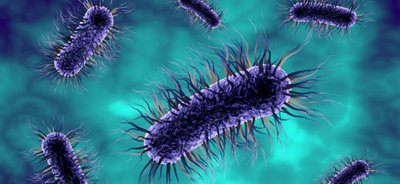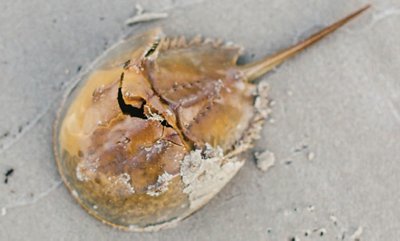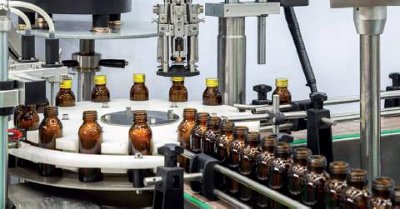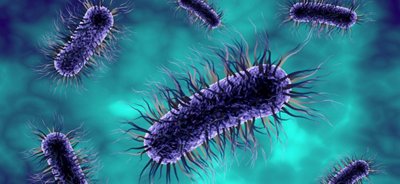Waste in Endotoxin Detection Assays: LAL vs rFC
From traditional to alternate endotoxin testing methods used for product release testing, there is an opportunity to waste less reagent and generate cost savings.
Waste reduction in endotoxin testing platforms
Given that Limulus Amoebocyte Lysate (LAL) is packaged in vials (2.6 or 5.2mL) and reconstituted as needed, there is inevitable waste compared to using recombinant Factor C (rFC). rFC is a liquid reagent that is prepared (combined as enzyme, buffer, and substrate) in a ratio that can be prepared in amounts very close to what is needed (no waste).
ENDOZYME II GO assay and GOPLATE™ with rFC | ENDOZYME II GO STRIPS with rFC | LAL Cartridges | Traditional LAL | |
| Method | rFC with 96-well microplate pre-filled CSE with required standard curve and positive product control concentrations (PPC). Up to 21 samples per assay. | rFC with 96-well STRIP-based microplate CSE pre-filled with required standard curve and positive product control concentrations (PPC). Up to 21 assays per hour. | Multi-cartridge system uses LAL-cartridge technology to run one sample per cartridge. LAL reagent, chromogenic substrate, and CSE are contained within disposable cartridges. One sample per assay and up to 5 parallel assays. | Traditional LAL assays with 96-well microplates. Standards and samples must be prepared. Involves high-volume pipetting. 21 samples per assay. |
| Technology | Plate based | Strips | Cartdrige based | Plate based |



